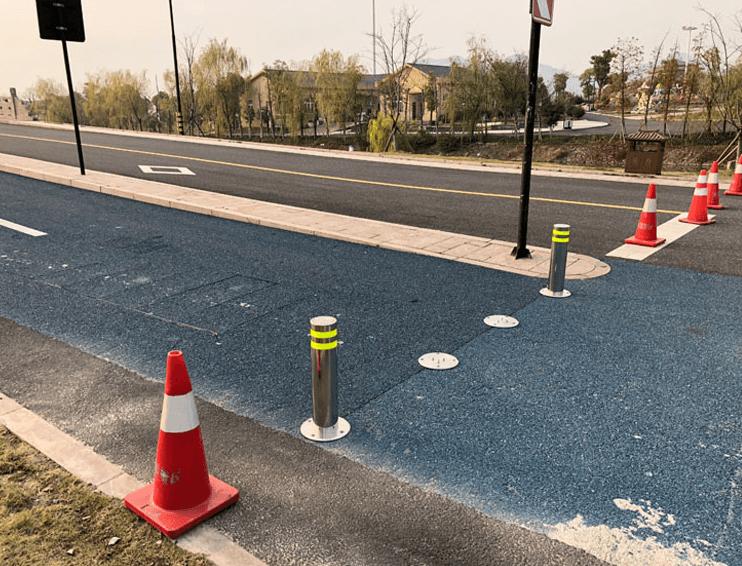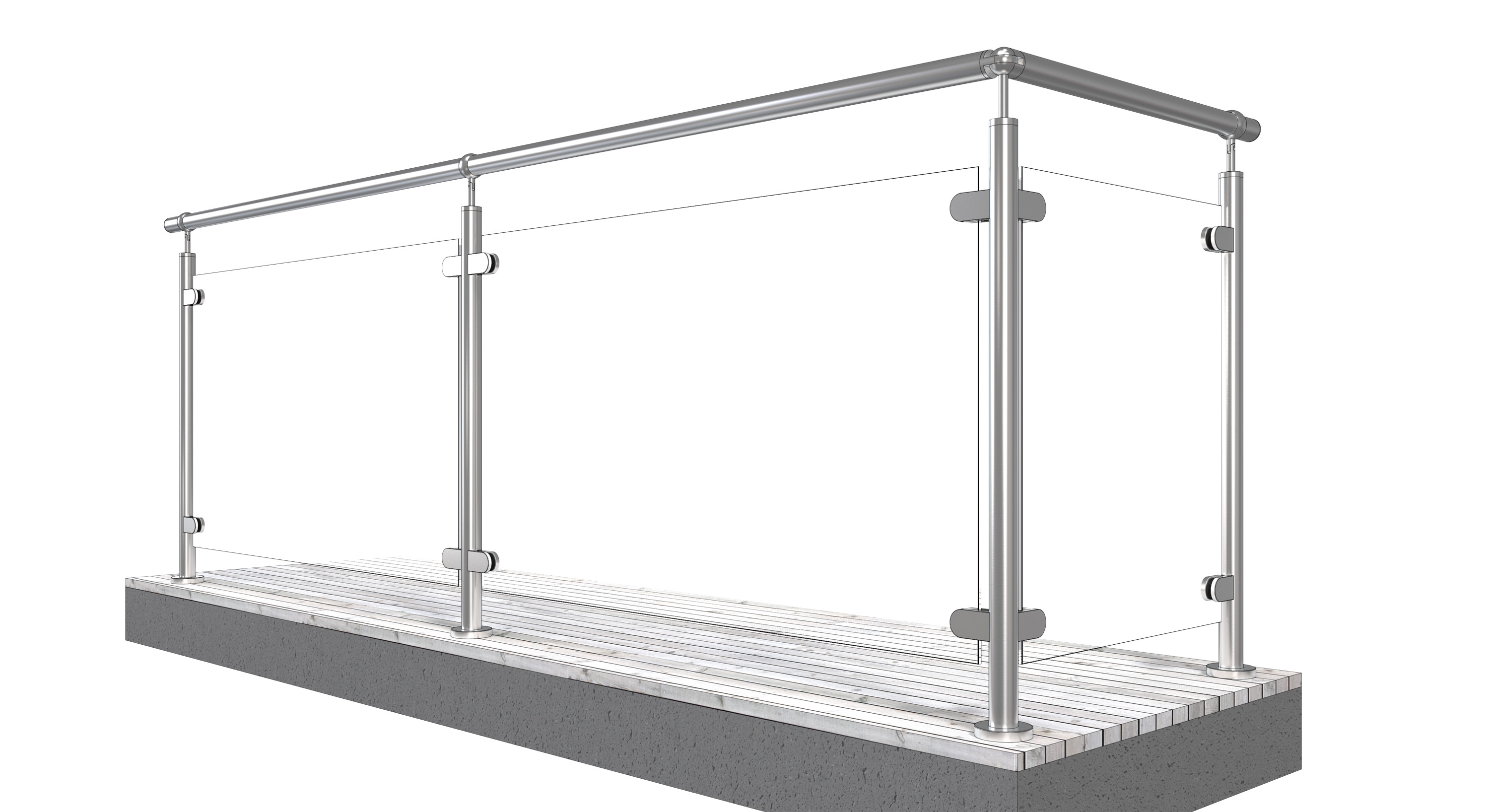Security has become a paramount concern in today's dynamic and ever-evolving world. Whether safeguarding public spaces, private properties, or commercial establishments, the need for effective security measures is evident.
One such solution gaining prominence is the use of removable security bollards. These versatile and practical barriers offer a range of benefits that go beyond traditional fixed barriers.
In this article, we will delve into the various advantages of using removable security bollards, exploring how they enhance safety, flexibility, and overall security.
Adaptability and Flexibility
Removable security bollards provide a high degree of adaptability, allowing users to modify security setups as needed. Unlike permanent fixtures, these bollards can be easily installed or removed according to specific requirements.
This flexibility is particularly valuable in areas where occasional access is necessary, such as emergency exits, delivery points, or event spaces. It enables security personnel to maintain control over access points without compromising convenience.
Event Management and Traffic Control
Temporary events, whether they be concerts, fairs, or public gatherings, often require enhanced security measures. Removable bollards offer a solution that can be quickly implemented and removed, facilitating smooth event management.
Additionally, these bollards are effective in controlling vehicular and pedestrian traffic during events, ensuring a safe and organized environment.
Cost-Effectiveness
The installation of permanent security barriers can be a significant financial investment. Removable security bollards offer a cost-effective alternative, as they eliminate the need for extensive construction and maintenance.
Their modular nature allows for efficient use in various locations without the need for duplicate installations, making them a budget-friendly choice for organizations looking to enhance security without breaking the bank.

Preservation of Aesthetics
Permanent security measures can sometimes compromise the aesthetic appeal of a location. Removable security bollards, on the other hand, provide a discreet and visually pleasing solution.
Their unobtrusive design allows for the preservation of the architectural and aesthetic integrity of the surrounding environment, making them suitable for installation in both historic and modern settings.
Emergency Access and Evacuation
In emergency situations, quick and unimpeded access is crucial. Removable bollards can be swiftly taken down to facilitate the movement of emergency vehicles or personnel, ensuring a rapid response to critical situations.
This adaptability enhances the overall safety and efficiency of emergency evacuation procedures.
Preventing Vehicle-Borne Threats
Removable security bollards play a vital role in preventing vehicle-borne threats, such as ramming attacks. By strategically placing these barriers in vulnerable areas, businesses and public spaces can significantly reduce the risk of unauthorized vehicles entering restricted zones.
This is particularly important in today's security landscape, where vehicular attacks have unfortunately become a concern.
Deterrence and Psychological Impact
The visible presence of security measures, even if removable, acts as a deterrent to potential threats. The psychological impact of knowing that an area is fortified with security bollards can dissuade malicious actors and enhance the overall sense of safety among occupants and visitors.
Conclusion
In conclusion, the benefits of using removable security bollards extend far beyond their primary function of providing physical barriers.
From adaptability and cost-effectiveness to preserving aesthetics and enhancing emergency response capabilities, these versatile security solutions have become integral in safeguarding public and private spaces alike.
As security challenges continue to evolve, the flexibility and effectiveness of removable security bollards position them as a forward-thinking and practical choice for those seeking comprehensive security solutions.






